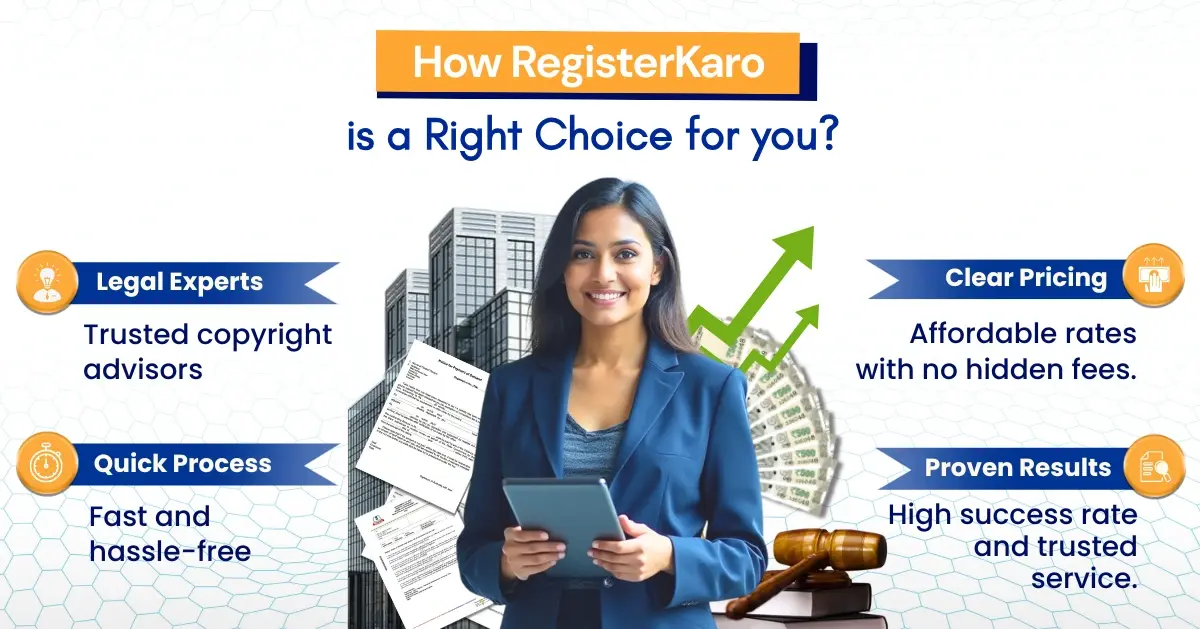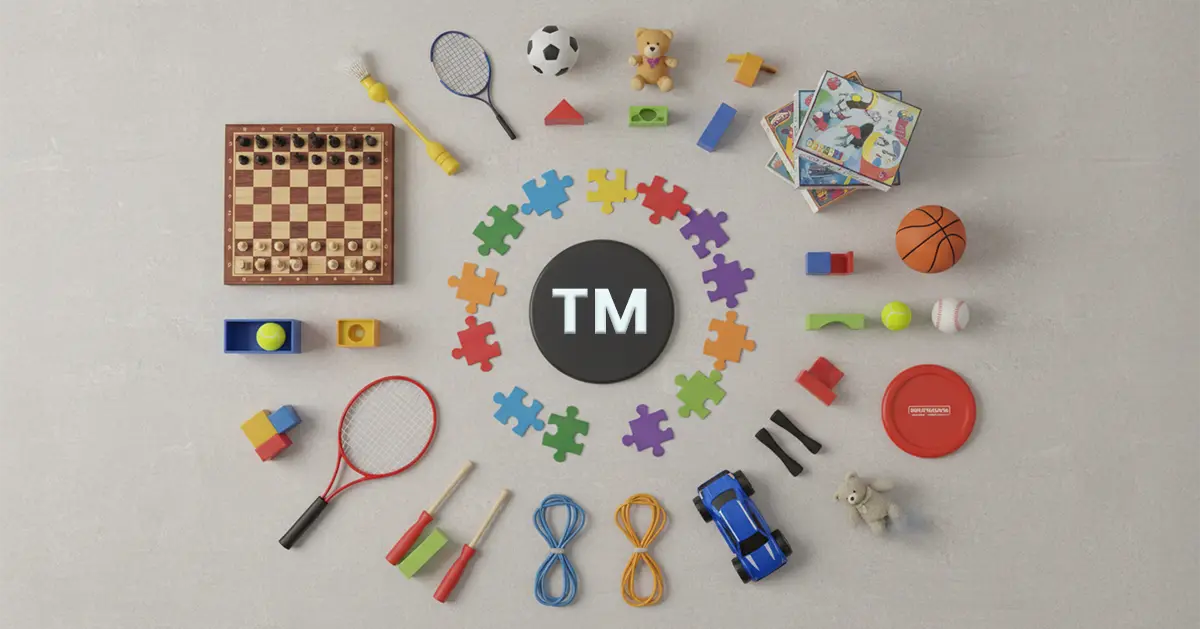A trademark objection is an official notice from the trademark examiner flagging an application for not meeting legal requirements or for conflicting with existing trademarks. It is not a rejection but a request for the applicant to provide clarification or resolve the identified issues.
What It Is: A trademark objection is a stage in the trademark registration process where the trademark office expresses concerns about a particular application.
- It's not a rejection, but rather a request for the applicant to resolve the issues raised.
- The objection is typically communicated through an examination report.
Why It Happens: Objections arise for several reasons:
- Lack of Distinctiveness: The trademark might be too generic, descriptive, or similar to common terms, making it difficult to distinguish from other marks.
- Conflict with Existing Trademarks: The proposed mark may be too similar to a previously registered or pending trademark, potentially causing consumer confusion.
- Prohibited Elements: The trademark might contain forbidden words, symbols, or designs.
- Other Issues: The trademark could be misleading, deceptive, or violate other trademark laws.
What It Means for the Applicant: An objection presents an opportunity for the applicant to address the concerns:
- Opportunity to Respond: The applicant has a specific timeframe (e.g., 30 days in India) to file a reply addressing the objections.
- Requires Careful Response: The response should be detailed and well-reasoned, providing justifications, evidence, and legal arguments to overcome the objections.
- Potential for Further Action: Depending on the response, the trademark office may conduct a hearing or further review the application.











